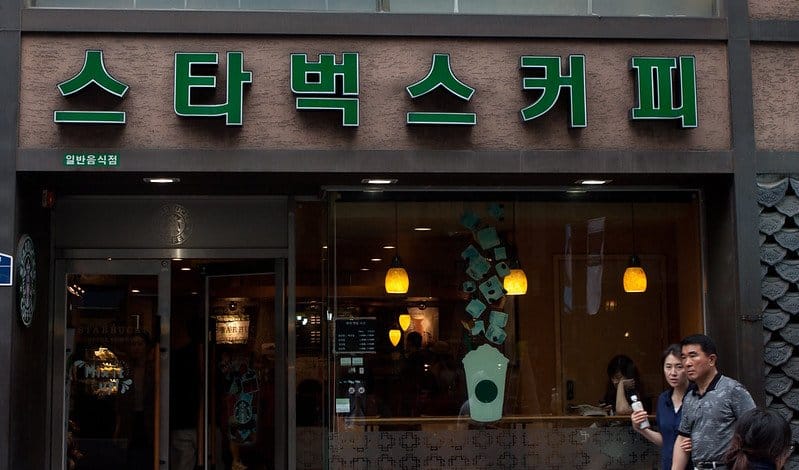Three great stories we found on the internet this week.
Against the grain
Angel Leon has a restaurant with three Michelin stars, but he’s not done innovating yet.
The Spanish chef is working to popularize a protein-rich grain that grows in the sea. Known as zostera marina, the rice-like grain isn’t eaten anywhere in Europe. In fact, Leon discovered that zostera marina, which grows all over the world, is found in the cuisine of exactly one culture: the Seri, an Indigenous People in coastal Mexico. It’s the only known instance of humans using a sea grain as food.

Now, the restaurateur is working with researchers to establish gardens of the seagrass that will produce bushels of the rice-like grain, which he hopes to eventually serve in his restaurant. To this end, he and his team of scientists have planted beds of the plants in the salt marshes of the Bay of Cádiz. Not only are the gardens thriving, so are the once-lifeless marshes in which they’re sprouting. These areas are now teeming with marine life, from seahorses to scallops. And unlike land-based grain crops, zostera marina has zero environmental impact, requiring no fertilizer, no pesticides, and of course, no fresh water.
Seagrass devours CO2 — it is responsible for 10 percent of the ocean’s carbon sink — which is why this carbon-negative edible grain has excited European chefs and climate scientists alike. Based on what they’ve grown so far, Leon’s team estimates that their harvests will soon yield an average of 3.5 tons of marine grain per hectare. “If nature gifts you with 3,500 kilograms without doing anything — no antibiotics, no fertilizer, just seawater and movement — then we have a project that suggests one can cultivate marine grain,” he told the Guardian.
A grande plan
Chances are, you’re well-acquainted with the sharing economy’s all-stars: ride shares, bike shares, home shares. Now, South Korean Starbucks cafes want you to share your coffee cup, too.
This week, the coffee giant announced it will eliminate disposable cups from its South Korean stores by 2025 and replace them with a “cup circularity program.” At base, it’s really not all that different than the cups and utensils you’d use at any restaurant, all of which have been used by hundreds of strangers. (Chew on that for a second.) When customers get their to-go coffee, it will come in a reusable cup, for which they’ll pay a small deposit. When they’re done, they can drop it at one of many contactless kiosks set up by Starbucks and their deposit will be returned.

The initiative is in service of Starbucks’ goal of cutting its carbon, water and waste output by half by 2030. But why just South Korea? A little policy push likely had something to do with it: Last year, the South Korean government passed a law requiring take-out chains to charge refundable deposits for disposable cups by 2022.
Fix it or forget it
Recently we reported on the right-to-repair movement sweeping Europe. Now, it’s working its way through the widgets and circuitry of the United States.
Crushed by negative news?
Sign up for the Reasons to be Cheerful newsletter.Nearly 40 different right-to-repair bills are being considered in 25 states, aiming to, for instance, make product information more readily available and make devices easier to open. Many of the bills mandate that schematics and blueprints be publicly available, and not just for mobile phones — everything from cars to farm equipment are on the table.
Advocates say that Covid-19 has put a spotlight on the right-to-repair issue, as families began pulling old computers out of closets to give everyone a device for remote work and schooling. “The lesson is that manufacturer-controlled systems with single points of failure undermine community resilience,” said a right-to-repair expert at one consumer advocacy group. “That’s what we found out in the pandemic.”







